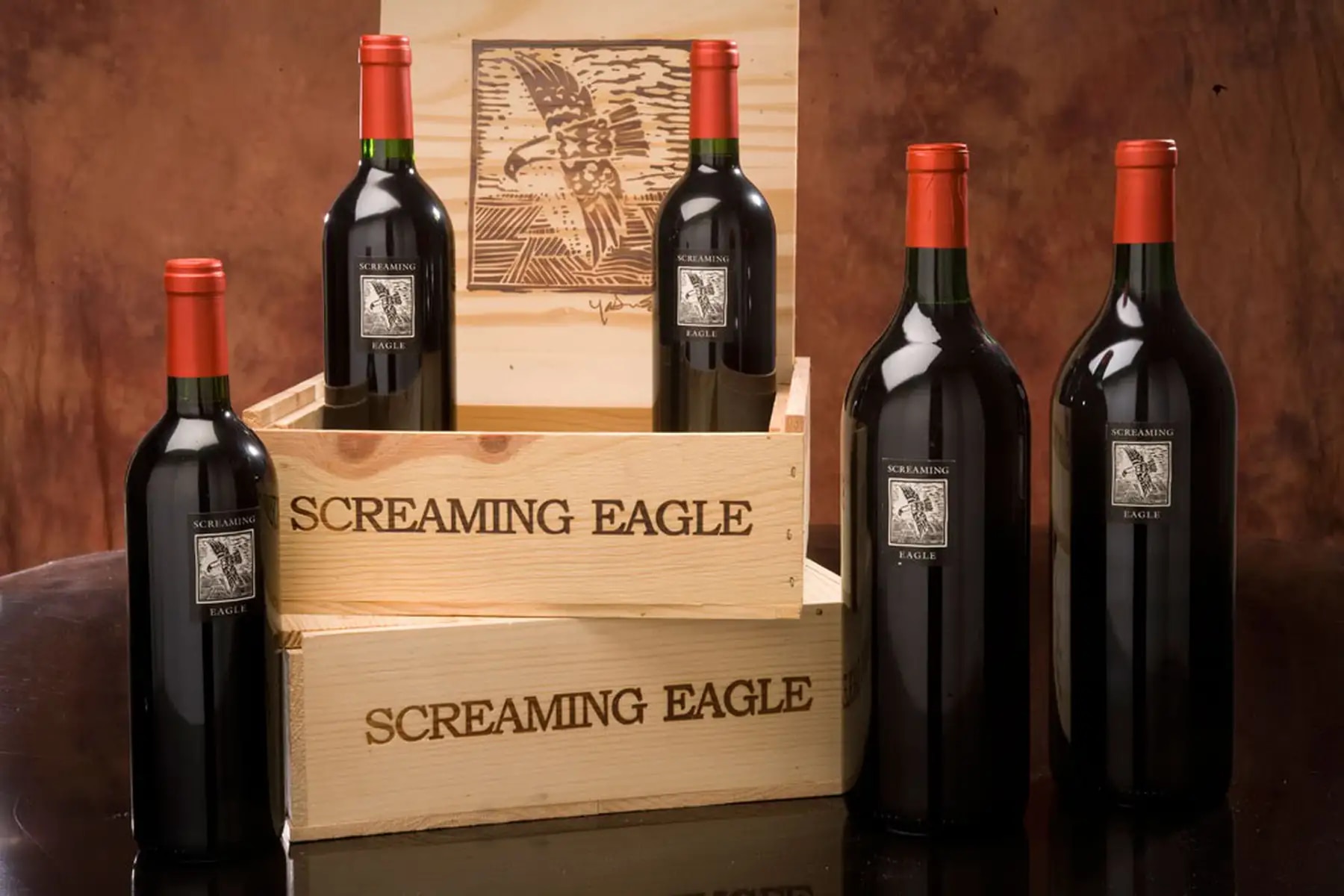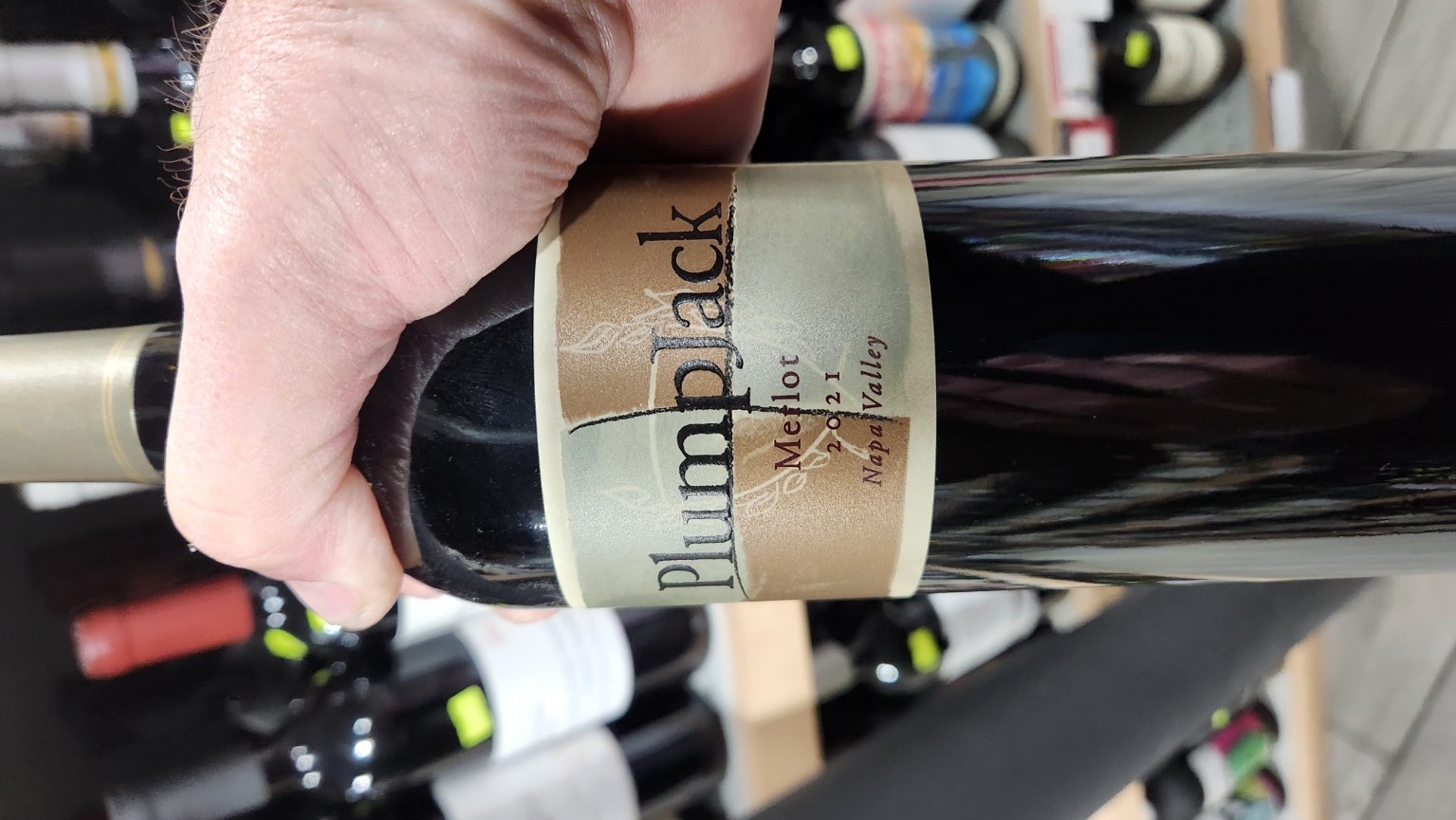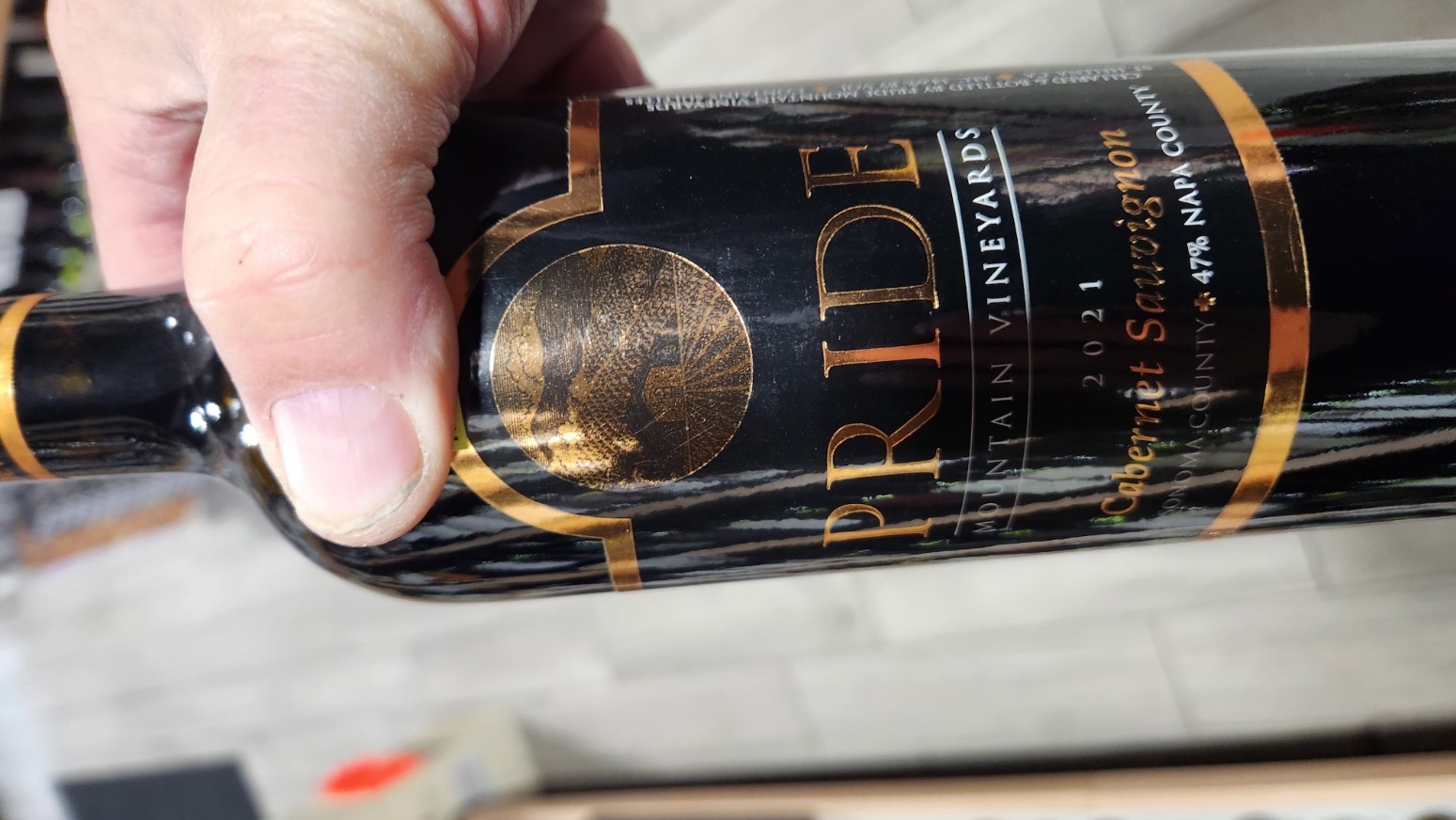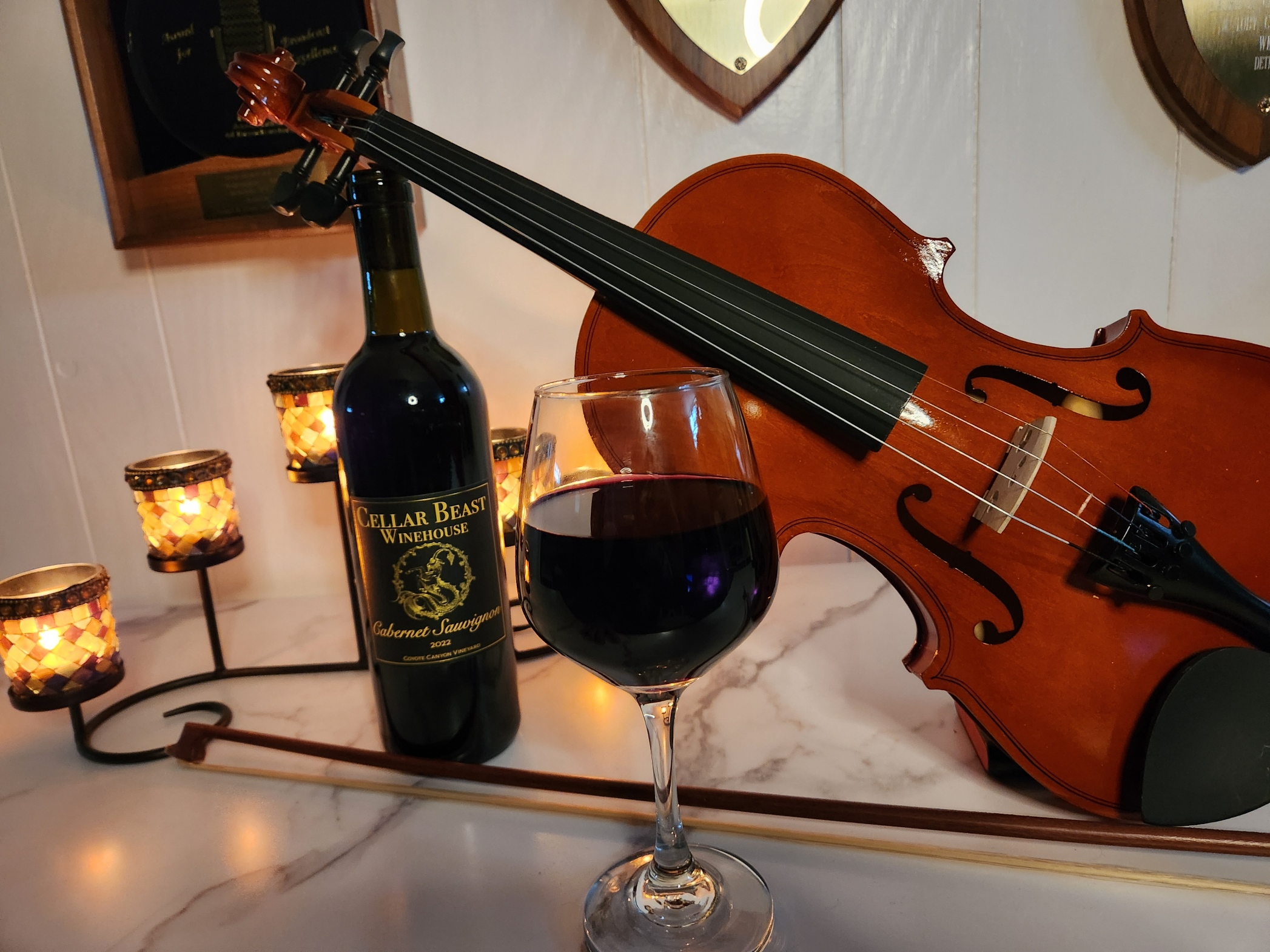I remember when buying direct from wineries felt like discovering a hidden discount aisle—better prices, fresher bottles, and a personal connection. Those days are fading.
According to Sovos ShipCompliant, the national DTC average now stands at $52.68 per bottle, up 8% from last year and nearly 40% higher than 2018. That’s not inflation alone—that’s premiumization at work. Napa Valley deserves a fair share of the credit (or blame). With its average bottle already at $108 in 2023, Napa has become both the crown jewel and the cost driver. Between January and June this year, Napa alone accounted for 46% of U.S. DTC sales value. That’s nearly half of the entire nation’s shipments coming from one region.
But while Napa’s bottles rise into the stratosphere, Oregon quietly played contrarian. Their average DTC price dropped 3% to $49.43. Maybe that’s why Pinot lovers keep flocking north.
Fewer Orders, Bigger Baskets
Here’s the kicker: people are buying fewer times but loading up when they do. The average order is now 9.9 bottles, with single-bottle shipments making up just 13%. That means average basket value jumped 13% to $521. Bigger hauls, but fewer trips to the checkout.
And yet, total shipment volume across the U.S. fell 12% in the first half of 2025—down to 2.7 million cases. Even with bigger orders, overall sales value still dropped 6% to $1.7 billion. That’s not the news wineries wanted.
Who’s Drinking What
No surprise here—Cabernet Sauvignon still rules. It holds a 16% share of shipments and commands an average bottle price of $98.35. Pinot Noir sits just behind at 15% volume and a friendlier $55.59 average. Red blends aren’t far behind at 13% with a $63.69 average.
On the white side, Chardonnay leads the pack with 10% of volume, though it’s slipping (down 9%). Its value share is also down 4%. Maybe people are chasing Sauvignon Blancs, Albariños, or even those curious orange wines instead.
Where the Wine Goes
The big drinkers? California tops the list, followed by Texas, Washington, Florida, New York, Oregon, Pennsylvania, Illinois, Colorado, and Virginia. If you live in one of these states, congratulations—you’re helping keep the DTC pipeline alive.
What It All Means
When I walk into tasting rooms, I hear both sides. Consumers sigh, “Wine’s getting too expensive,” while wineries mutter, “Our shipping costs and labor aren’t getting cheaper.” Both are true. And with fewer bottles moving, everyone’s feeling the squeeze.
This is the pivot point: will DTC keep drifting toward ultra-luxury, or will regions like Oregon, Washington, and even Michigan (yes, my backyard) carve out space for approachable, quality-driven wines that don’t require refinancing your house?
As someone who’s lived and breathed this industry for three decades, I’ll say this: higher prices can’t be the only story. If we don’t balance premium with accessible, we risk losing the next generation of wine drinkers to beer, spirits, or hop water.
And that’s not a future I want to toast to.










